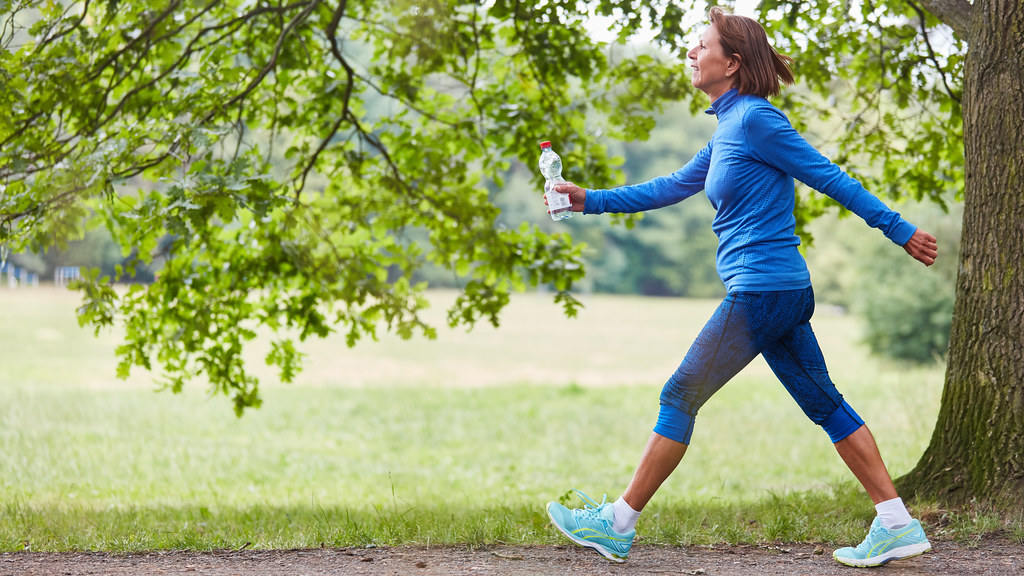Cholesterol management is a critical aspect of cardiovascular health, with elevated levels of LDL cholesterol (often referred to as “bad” cholesterol) being a major risk factor for coronary artery disease and other cardiovascular conditions. While dietary changes and medications play significant roles in cholesterol reduction, regular physical exercise is increasingly recognized as a beneficial lifestyle intervention.
Cholesterol Basics: LDL And HDL
Cholesterol is a waxy substance produced by the liver and also ingested through certain foods. It is transported in the blood by lipoproteins, primarily low-density lipoprotein (LDL) and high-density lipoprotein (HDL):
LDL Cholesterol: Known as “bad” cholesterol, high levels of LDL cholesterol can lead to plaque buildup in the arteries, increasing the risk of heart disease and stroke.
HDL Cholesterol: Referred to as “good” cholesterol, HDL helps transport cholesterol away from the arteries to the liver for excretion, thereby reducing cardiovascular risk.
SEE ALSO: What Is The Main Cause of Hypercholesterolemia?
Role of Exercise in Lowering Cholesterol
Exercise has multiple beneficial effects on cholesterol levels and overall cardiovascular health:
1. Increases HDL Cholesterol
Aerobic Exercise: Activities such as brisk walking, jogging, cycling, and swimming can raise HDL cholesterol levels, promoting cardiovascular health.
Intensity and Duration: Higher-intensity aerobic exercise and longer durations tend to have greater effects on increasing HDL cholesterol.
2. Reduces LDL Cholesterol
Moderate-Intensity Exercise: Regular exercise helps lower LDL cholesterol levels, particularly when combined with dietary modifications.
Weight Management: Exercise contributes to weight loss or weight maintenance, which in turn can lower LDL cholesterol levels.
3. Improves Lipid Profile
Triglycerides: Exercise can lower triglyceride levels, another type of fat in the blood that contributes to cardiovascular risk.
Overall Lipid Profile: Regular physical activity improves the balance between LDL, HDL, and triglycerides, optimizing lipid profiles.
Mechanisms of Action: How Exercise Affects Cholesterol
Exercise influences cholesterol metabolism through various physiological mechanisms:
Increased Lipoprotein Lipase Activity: Exercise enhances the activity of lipoprotein lipase, an enzyme that breaks down triglycerides and LDL cholesterol particles.
Enhanced HDL Production: Aerobic exercise stimulates the liver to produce more HDL cholesterol, enhancing its beneficial effects on cholesterol transport.
Improved Insulin Sensitivity: Physical activity improves insulin sensitivity, which can lead to reductions in LDL cholesterol and triglyceride levels.
Duration And Frequency of Exercise for Cholesterol Reduction
1. Recommended Guidelines
Aerobic Exercise: The American Heart Association (AHA) recommends at least 150 minutes per week of moderate-intensity aerobic activity or 75 minutes per week of vigorous-intensity aerobic activity, or a combination of both, to improve cholesterol levels and overall cardiovascular health.
Resistance Training: Including resistance or strength training exercises on two or more days per week is also beneficial for cardiovascular health and may contribute to lipid profile improvements.
2. Timeline for Cholesterol Reduction
Short-Term Effects: Studies have shown that even a single bout of exercise can temporarily increase HDL cholesterol levels and improve vascular function.
Long-Term Effects: Regular exercise over weeks to months can lead to more sustained improvements in cholesterol levels, particularly LDL cholesterol and triglycerides.
Individual Variability: The timeline for observing significant changes in cholesterol levels with exercise can vary among individuals, depending on factors such as baseline cholesterol levels, genetics, adherence to exercise regimen, and overall health status.
Scientific Evidence And Clinical Studies
1. Meta-Analyses and Systematic Reviews
Effects on Lipid Levels: Meta-analyses have consistently demonstrated that aerobic exercise is effective in lowering LDL cholesterol and triglyceride levels, while increasing HDL cholesterol.
Dose-Response Relationship: There is evidence suggesting a dose-response relationship between exercise intensity, duration, and frequency, and improvements in lipid profiles.
2. Clinical Trials
Longitudinal Studies: Long-term studies have documented significant reductions in LDL cholesterol and improvements in overall lipid profiles among individuals adhering to regular exercise programs.
Combination Therapies: Exercise combined with dietary modifications and, if necessary, lipid-lowering medications can achieve optimal cholesterol management and reduce cardiovascular risk.
Practical Recommendations for Individuals
1. Starting an Exercise Program
Consultation: Individuals should consult with their healthcare provider before starting an exercise program, especially if they have underlying health conditions or are new to exercise.
Gradual Progression: Begin with low-to-moderate intensity activities and gradually increase intensity and duration as fitness improves.
2. Types of Exercise
Aerobic Activities: Engage in activities such as walking, jogging, cycling, swimming, or dancing that elevate heart rate and promote cardiovascular fitness.
Resistance Training: Incorporate exercises using weights, resistance bands, or body weight to strengthen muscles and improve overall body composition.
3. Monitoring Progress
Regular Assessments: Monitor cholesterol levels periodically to track improvements associated with exercise and other lifestyle modifications.
Adherence: Consistency is key. Regular, ongoing participation in physical activity is necessary to maintain cholesterol-lowering benefits.
Challenges And Considerations
1. Individual Response Variability
Genetic Factors: Genetic variations can influence how individuals respond to exercise in terms of lipid profile changes.
Other Lifestyle Factors: Diet, smoking, alcohol consumption, and stress management also play roles in cholesterol levels and cardiovascular health.
2. Adherence and Sustainability
Behavioral Factors: Motivation, time constraints, and access to exercise facilities can affect adherence to an exercise regimen.
Lifestyle Integration: Encouraging lifestyle modifications that promote overall health can enhance the benefits of exercise on cholesterol management.
Conclusion
Exercise plays a crucial role in lowering cholesterol levels and improving lipid profiles, thereby reducing the risk of cardiovascular disease. While the timeline for observing significant changes in cholesterol levels with exercise may vary among individuals, regular physical activity, combined with healthy dietary choices and, if needed, medications, forms a cornerstone of cardiovascular risk reduction strategies. Healthcare providers should continue to emphasize the importance of exercise in cholesterol management and provide tailored recommendations to patients based on their individual health profiles and preferences. By promoting and supporting regular physical activity, clinicians can contribute significantly to improving overall cardiovascular health outcomes in their patient populations.

